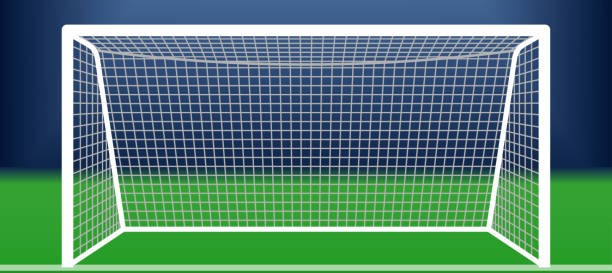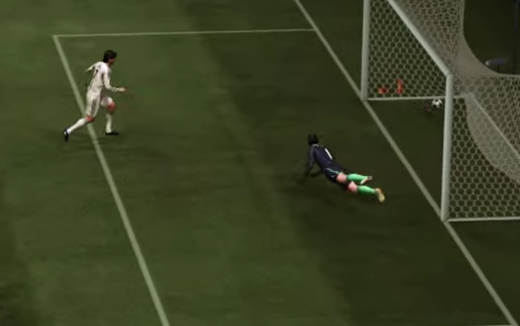













HOW TO SCORE.

Scoring in football involves successfully getting the ball into the opposing team’s goal. Here’s a detailed explanation of how
to score in football, including the key techniques, strategies, and considerations involved:
Understanding the Goal:
- ▫ GOAL STRUCTURE: A football goal is 8 feet high and 8 yards wide. To score, the entire ball must cross the goal line between the
goalposts and under the crossbar.
- ▫ GOAL AREA: The area directly in front of the goal is critical, as many scoring opportunities arise from this zone.
Techniques for Scoring:
- ▫ SHOOTING: The primary method of scoring is through shooting the ball with any part of the body except the hands and arms
(unless you are the goalkeeper).
- ▫ INSTEP DRIVE: A powerful shot using the laces of the boot, ideal for long-range attempts.
- ▫ SIDE FOOT SHOT: A more controlled shot using the side of the foot, often used for accuracy from closer distances.
- ▫ VOLLEY: Striking the ball while it is in the air, often delivered from crosses or rebounds.
- ▫ HEADER: Using the head to redirect or shoot the ball, typically from crosses or corner kicks.
Positioning and Movement:
- ▫ FINDING SPACE: Players must create and exploit space to receive passes and get into scoring positions. This includes making
runs behind defenders or into open areas.
- ▫ ANGLE OF ATTACK: Approaching the goal from an angle can increase the chances of scoring by making it harder for the
goalkeeper to anticipate the shot.
- ▫ OFF-THE-BALL MOVEMENT: Constant movement helps create opportunities, such as making overlapping runs or diagonal sprints to
receive a pass.
Creating Scoring Opportunities:
- ▫ BUILD-UP PLAY: Effective passing and movement can create space and opportunities for shots.
- ▫ QUICK PASSES: Moving the ball quickly to break down defenses.
- ▫ COMBINATION PLAY: Using give-and-go or one-twos to bypass defenders.
- ▫ CROSSING: Delivering the ball from wide areas into the penalty box can create scoring chances for teammates.
- ▫ SET PIECES: Free kicks and corners are excellent opportunities for scoring, as they allow teams to organize and make
specific plays.
Dealing with the Goalkeeper:
- ▫ CHOOSING THE RIGHT MOMENT: Timing a shot is crucial. Players should aim to strike the ball when the goalkeeper is out of position
or distracted.
- ▫ PLACING SHOTS: Instead of just focusing on power, placing shots into corners of the goal can be more effective, as it is harder
for goalkeepers to reach.
- ▫ FAKING AND DECEPTION: Using body feints or fakes can confuse the goalkeeper and defenders, creating openings for shots.
Understanding Offside Rules:
- ▫ OFFSIDE POSITIONS: A player is offside if they are nearer to the opponent’s goal line than both the ball and the second-last opponent
(usually the last defender) when the ball is played to them.
- ▫ TIMING RUNS: Players should time their runs to avoid being caught offside while receiving a pass.
Practicing Scoring Techniques:
- ▫ SHOOTING DRILLS: Regular practice of different shooting techniques helps players improve their accuracy and power.
- ▫ FINISHING DRILLS: Exercises that simulate game scenarios, such as one-on-ones with the goalkeeper or shooting from different angles,
enhance scoring ability.
Psychological Factors:
- ▫ COMPOSURE: Remaining calm in front of goal can help players make better decisions and improve their finishing.
- ▫ CONFIDENCE: Building confidence through practice and scoring in training can positively influence a player's performance in
matches.
Summary: To score in football, players must utilize a combination of techniques, positioning, and teamwork. Effective shooting,
creating opportunities through passing and movement, and understanding the goalkeeper's positioning are crucial elements. By practicing
scoring methods and maintaining composure, players can significantly increase their chances of finding the back of the net
during a match.




























